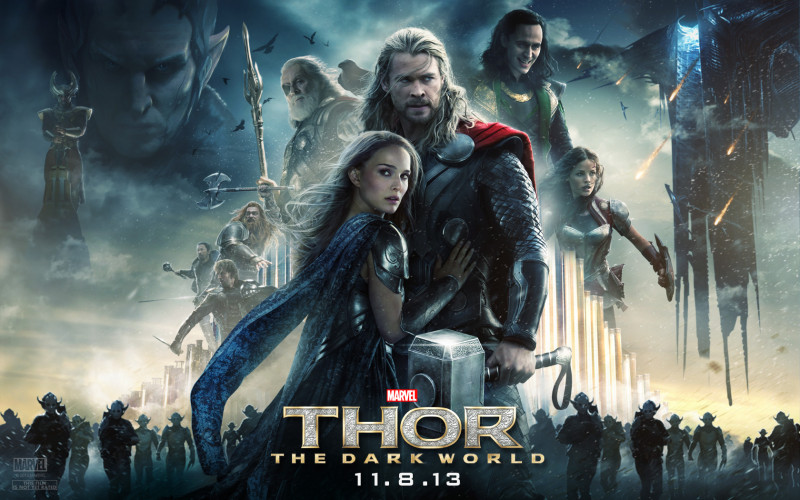Richard Curtis has the ability to spin high-concept romantic
comedy conceits into something that’s casual, breezy, and most of the time
funny. A large part of this comes from the fact that he has spent much of his earlier career working on British television. Films like
“Four Weddings and a Funeral”, “Notting Hill” and “Love Actually” are modest
and friendly enough to keep us from faulting their middling intentions. However,
what’s remarkable about these pictures is that they contain ideas that would be
cringe-worthy eye-rollers had they been produced in the states. But with
Curtis’ charm and whit these films manage to float by suitably as long as everything
stays light and breezy. Where things fall apart for Curtis is when he
feels the need to sink into dreary, melancholic waters, as is the case with his
most recent fantasy rom-com “About Time”.
Domhnall
Gleeson plays Tim, a young timid Brit who rarely has the guts to make bold
choices when it comes to his love life. This all changes the day his father
(Bill Nighy) lets him in on an old family secret: all of the men in his
bloodline are able to time travel, no machine required. Tim then decides to go
back and make all the right choices he should have made the first time around,
using his newly found talent to engineer a relationship with an American dream
girl named Mary (Rachel McAdams). Years after, Tim realizes that this rewriting
of his life has unintentionally created some dangerous and heartbreaking
outcomes.
This
movie knows what it’s doing when it’s more concerned with how to use its
ridiculous premise in the service making you laugh. The matter-of-fact father-son
exchanges between Gleeson and Nighy are giggle-worthy, in that dry Richard
Curtis-y way, and side characters like Tom Hollander as the grouchy, foul-mouthed playwright
and Joshua McGuier as Tim’s nerdy co-worker often steal the scenes they are in.
Likewise, McAdams and Gleeson have decent screen chemistry, and as a couple their
love is easy to root for.
What’s
not as easy to swallow is when this film switches its tracks and tries to become
a tear-jerker. In taking huge leaps with its characters and the time-line, the
movie asks us to drift along well past the logical climax of the story, from a
clipped second act into the an extended third and an unnecessary fourth act that feels like
it’s making itself up as it goes. During this stretch the screenplay stacks up tragedy
after tragedy, gradually dimming the bright tone previously established in the
much funnier opening half.
“About
Time” managed to make me laugh and care enough about the characters to ignore
the fact the plot doesn’t make any sense and that a lot of it is very stupid. In
turn, it’s because of it’s pleasant stupidity that I felt somewhat betrayed by
the film when it transformed from an amiable British farce, into a soppy, weepy
mess, mining the Lifetime Channel’s worst kind of emotional manipulation tactics.
Originally published in the Idaho State Journal/Feb-2013



